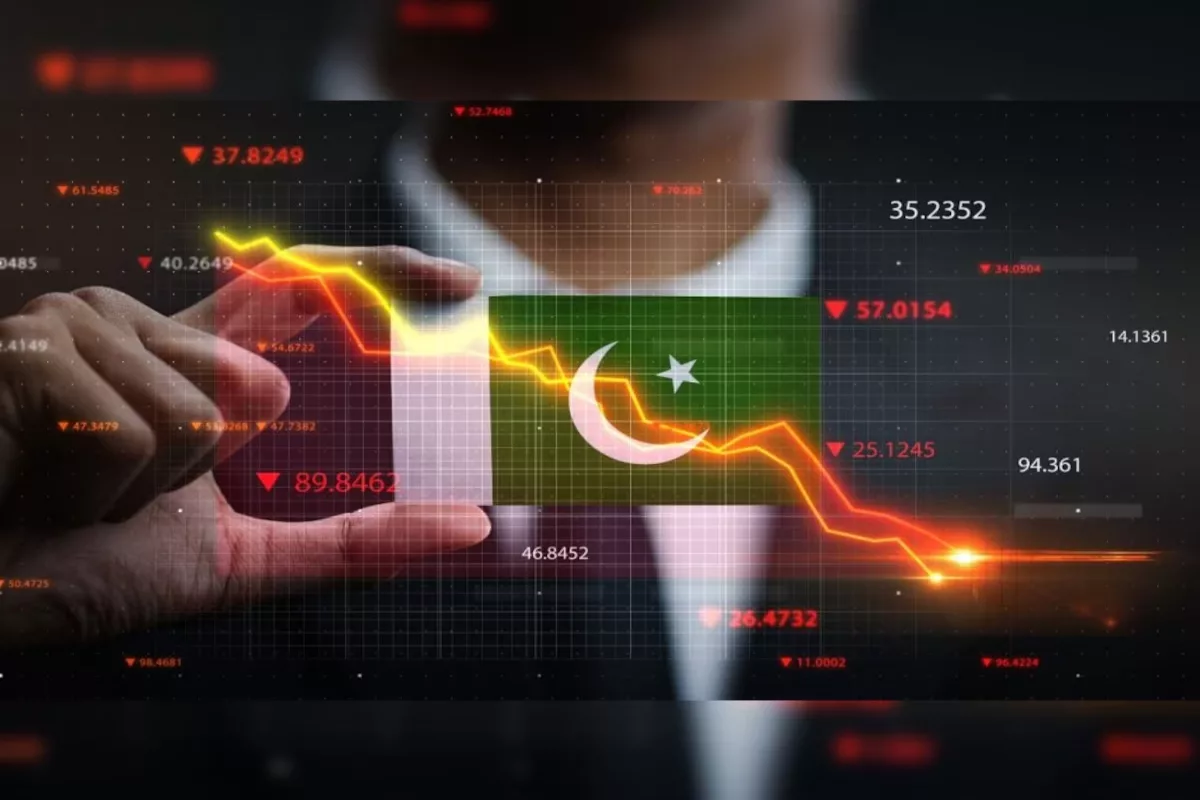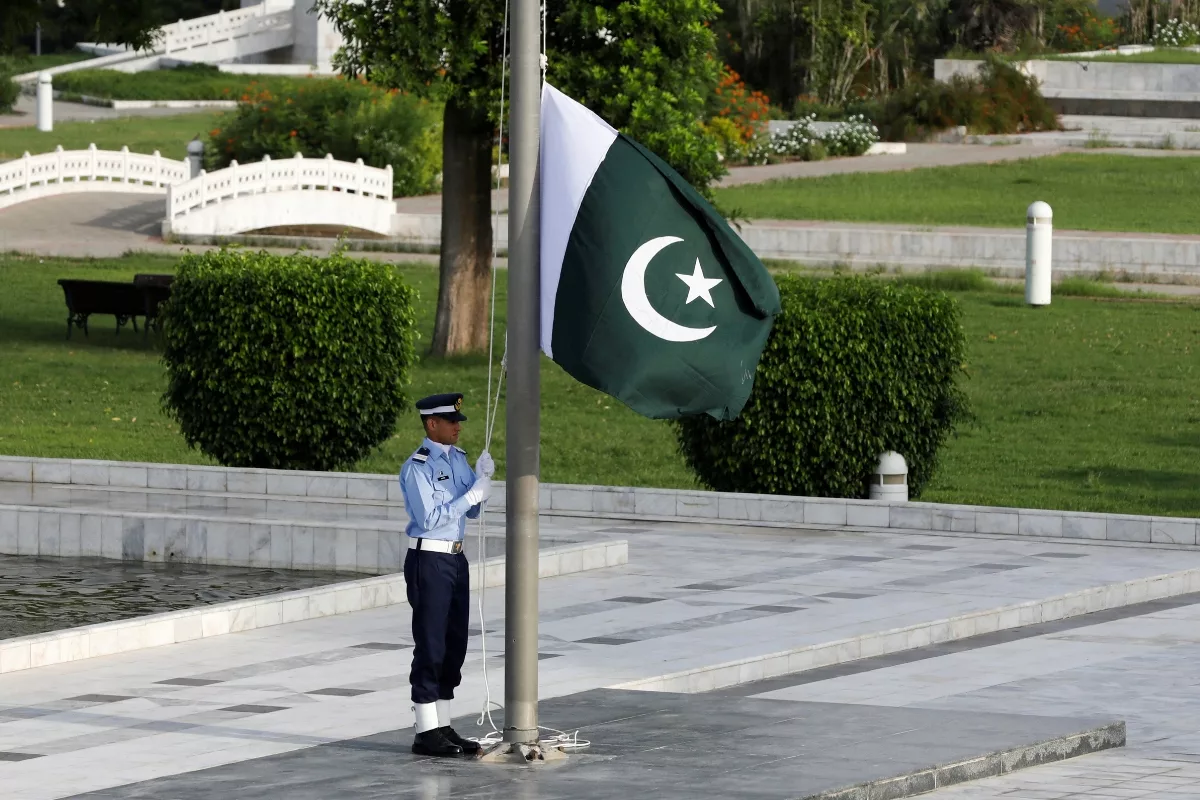Devastating Billion Dollar Debt Default: Pakistan’s Crisis Sends Shockwaves Through Economy
Examining the causes and consequences of Pakistan's debt default and its implications for the country's economic future.
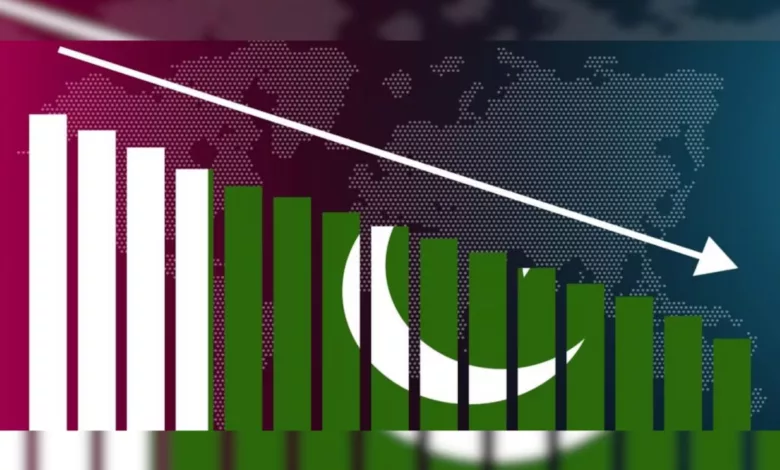
The debt of Pakistan is not strange to the news. Pakistan has been going through a crisis that is similar to the one in Sri Lanka for the past few weeks. The rupee’s value has been going down, and inflation rates have reached their highest levels ever. Right now, something interesting might happen.
The country next to India is in financial trouble and has an unstable government. It has 2.8 million people living there. The floods that happened from June to August 2022 were the start of a disaster that had been planned for a long time. Since the conflict in Ukraine hurt the economy of the whole world, the situation has gotten much worse.

When Did It All Begin?
Pakistan owed $274 billion as of September 2022, which was more than 79 percent of the country’s GDP. Pakistan found it harder to meet its financial obligations because of this.
The government has decided to sell its diplomatic mission in the United States because the situation is so dangerous right now. More than 60% of all exports come from the textile industry, so it’s possible that it could go out of business. Markets, wedding halls, restaurants, and shopping malls have all been told to limit the number of hours they are open each week in order to save energy.
Food, raw materials, and medical equipment are in containers at the port of Karachi, but the government can’t pay for the imports, so the containers are stuck there. The time on the importers’ letters of credit is almost up, and the banks won’t extend them if the importers ask.
Pakistan’s economy has had problems for a long time, like not getting enough foreign direct investment (FDI), not being a good place to do business, having a broken energy market, and not getting enough tax money.
No Happy New Year For Pakistan?
The country’s foreign exchange reserves hit their lowest point in more than nine years on January 6. This was their lowest score in more than nine years. This amount is not enough to pay for imports for even one month, let alone the $8 billion or more in loans that are due this quarter.
In the past year, the Pakistani rupee has lost almost 20% of its value against the US dollar. This has made it more expensive to buy goods from other countries (as of January 16). The value of the rupee went down even more after Prime Minister Imran Khan lost a vote of no confidence in April.
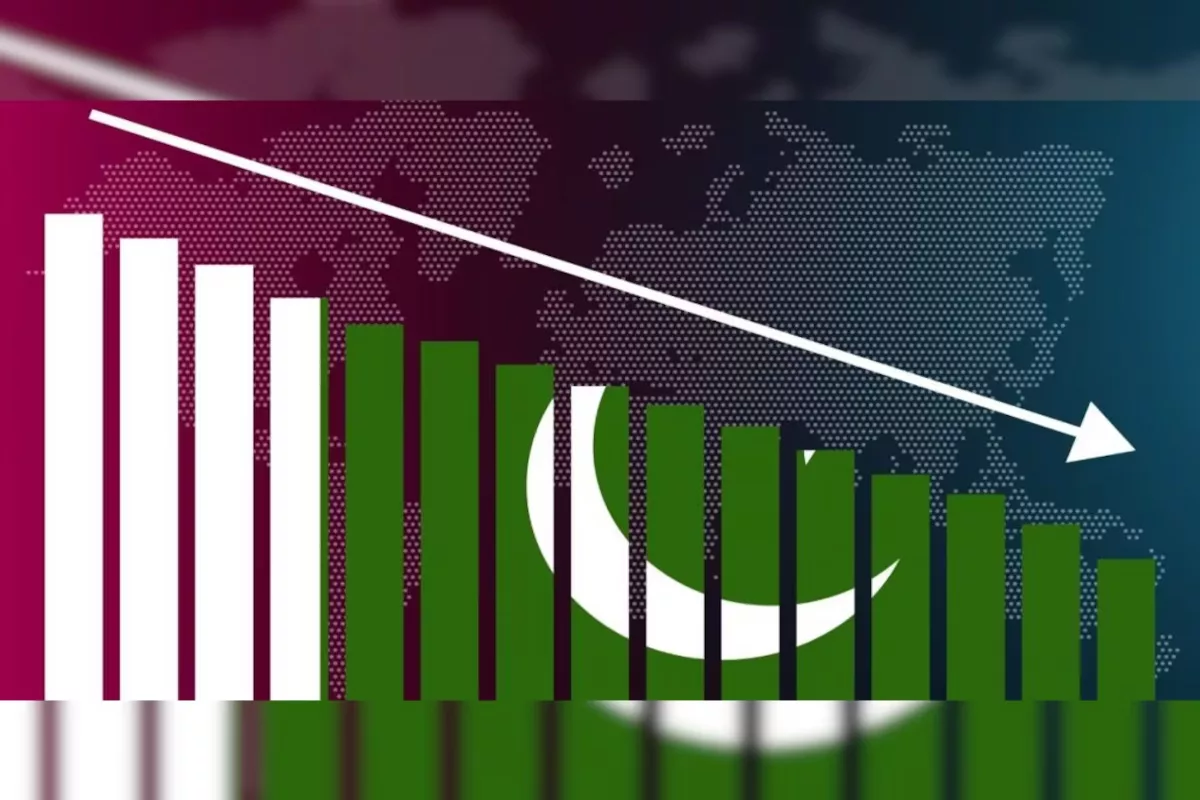
Unfavourable Mother Nature?
The huge flood that happened the year before was the last straw for a country that was already having financial problems and owed a lot of money. A planning agency said that the natural disaster cost Pakistan’s agricultural, food, livestock, and fishing industries a total of $3.7 billion. It was expected that the company would lose $9.24 billion over the long term.
People think that about 3.5 billion dollars of the 7 billion dollar loan from the IMF for this year have been paid back. The arrangement has been put on hold because Pakistan hasn’t done what it needs to do to make enough money to pay back the loan. This is very important right now because Imran Khan’s government just fell apart.
When December 2022 comes around, the official rate of inflation in Pakistan will be 24.5%, up from 12.3% before. Several essential goods, like rice, wheat, lentils, and salt, all went up in price by about 50% over the past year. In the past year, the price of onions has gone up by 500%.
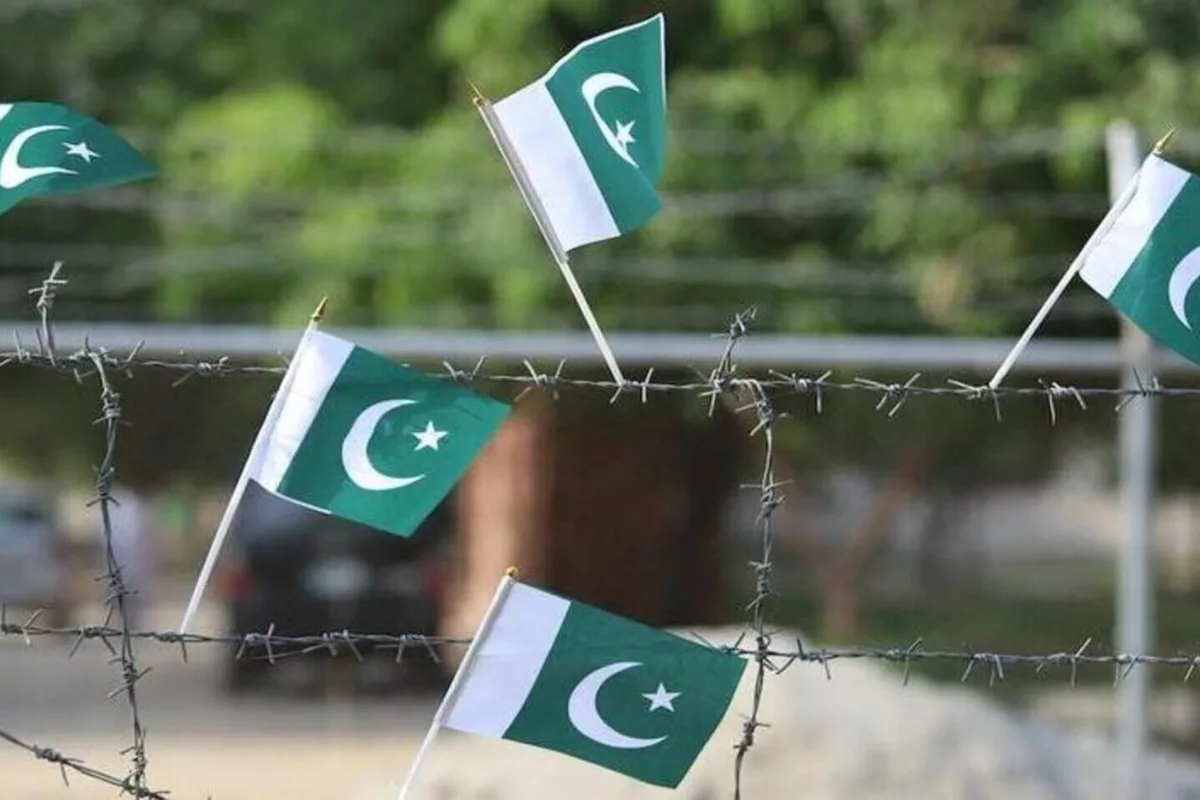
Nationwide Issue
There have been stampedes for grain and flour in Khyber Pakhtunkhwa, Sindh, and Balochistan because the country is having the worst flour shortage it has ever had. Balochistan’s Food Minister, Zamarak Achakzai, warned about a week ago that the situation could get much worse because there is less subsidised flour available.
Even though Pakistan is the eighth largest wheat producer in the world, it had to buy 75 million metric tonnes of grain to meet its own needs.
In a report on Pakistan that the World Bank released in October, the author Derek HC Chen said that “the goal should be to manage inflation through good macroeconomic policies” and that “the goal should be to provide targeted support to those who are severely hurt by rising prices, such as by expanding social protection programmes.” He also said that “the biases that get in the way of commerce and production” need to be fixed.
Low demand has hurt the country’s biggest export markets, and both the current account deficit and the public debt are very high.
Cost Analysis
The Pakistani government thinks that fixing the damage from the floods will cost more than $16 billion over the next three years.
The week before, a number of countries worked together to give $9 billion to the relief effort. So that Pakistan doesn’t go bankrupt, the UAE has agreed to not only let Pakistan put off paying the $2 billion it owes it, but also to give Pakistan an extra $1 billion in aid.
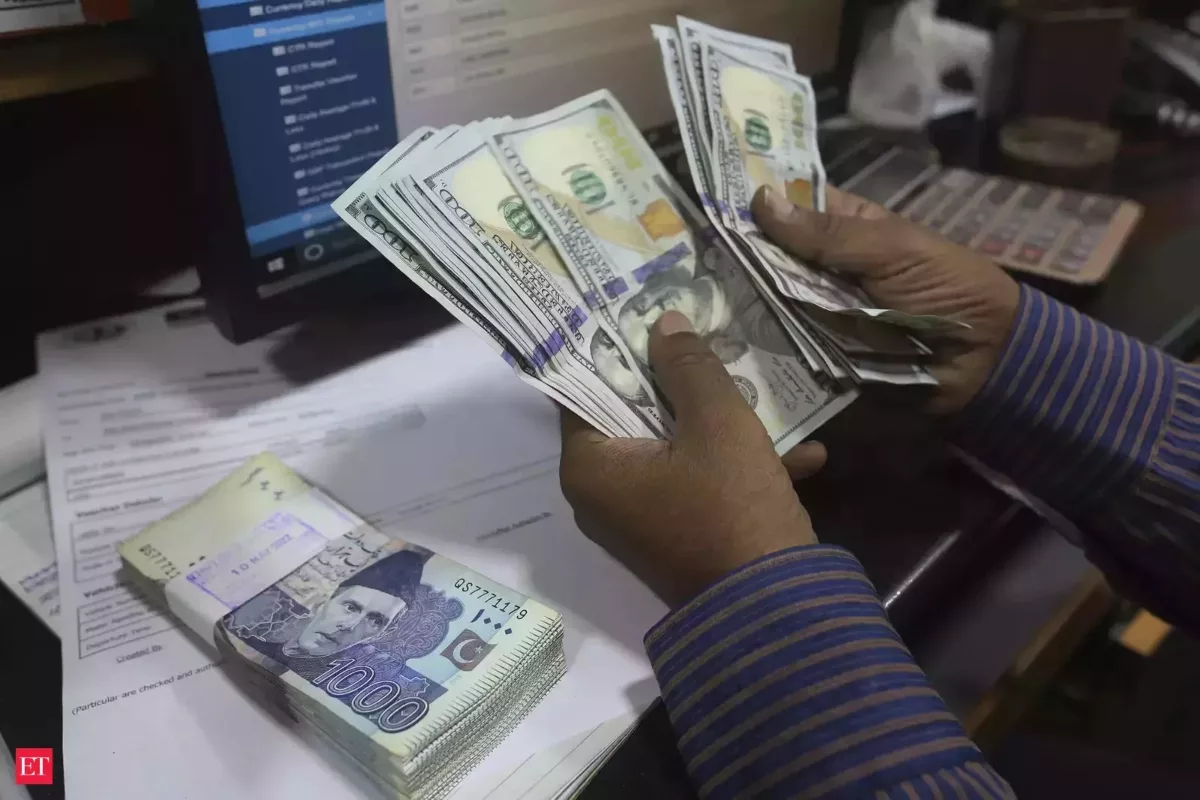
Pakistan’s Economic Problem Is Dire
Economists are worried that if the country can’t pay its bills, it will cause more problems at a time when people are already worried about Sri Lanka. A “sovereign debt default” happens when a government doesn’t pay back the money it borrowed from another country.
After default, a country faces a number of big problems, such as having to borrow more money at higher interest rates (which hurts the domestic market in the long run), foreign investors pulling out, and it being hard to handle future debts.
In one of his books, former finance minister Miftah Ismail said that the country wouldn’t have enough money to pay its debts and would have to borrow money from one creditor to pay another. It will be harder for the country to get loans in the future because it can’t pay its debts.
Analysts say that Pakistan’s bad economy is partly caused by the country’s inability to use its natural resources to their fullest potential.
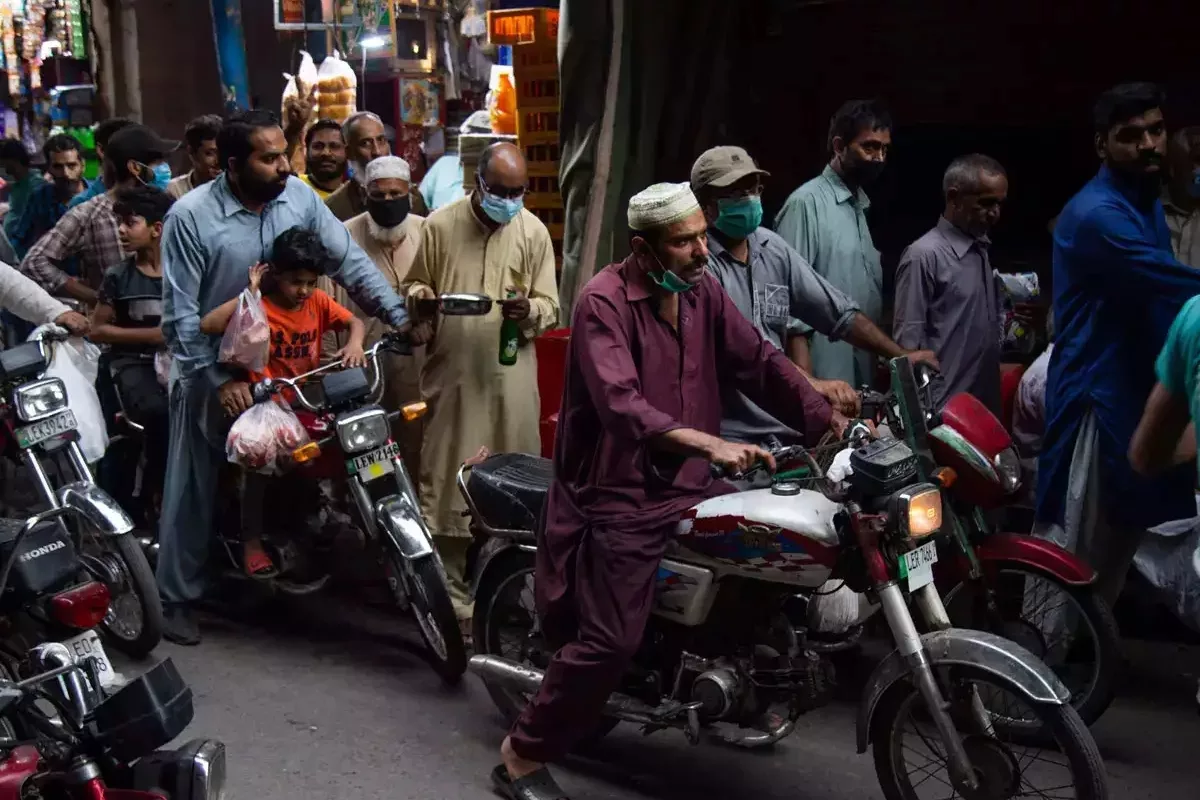
The Bigger Picture
Studies of the economy show that Pakistan’s finances are in bad shape because it keeps borrowing money to pay its current bills. This cycle of debt and partial payment is a big reason why the economy is in such bad shape right now and why a disaster is about to happen.
As the problem of debt gets worse, people will have to deal with the results. The government has tried short-term solutions like banning imports and closing shopping malls and wedding venues early, but they haven’t fixed the problem.
Also, the country has failed to meet some of the most basic needs of its people. Pakistan is having trouble importing things that are important for its economy because the financial crisis is getting worse.
Conclusion
Even so, it doesn’t seem likely that this will be enough. The Prime Minister, Shehbaz Sharif, has been working very hard to solve the problem with the IMF. Pakistan has been a member of the International Monetary Fund (IMF) since 1975. (IMF). During this time, Pakistan has gotten help from the International Monetary Fund on a number of occasions.
Economists worry that this could cause people to run out of food and other resources in the future. Also, international portfolio investors in a country that is defaulting may try to sell their domestic holdings, which could cause a crisis in the job market.
Edited by Prakriti Arora

